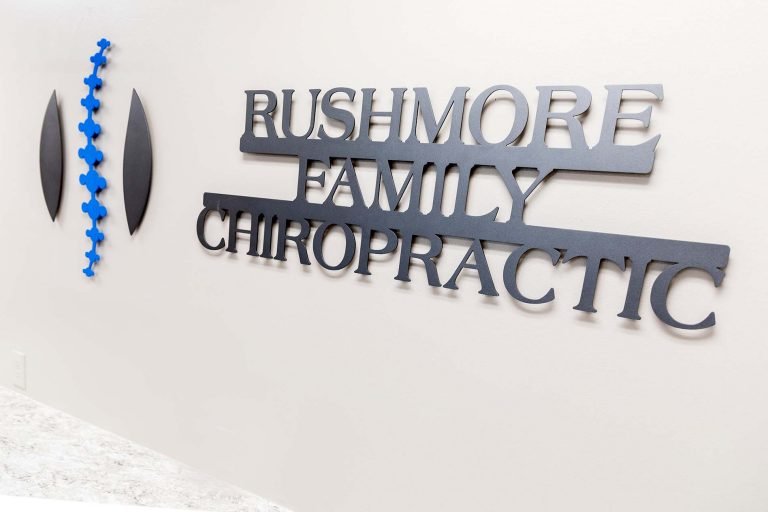Welcome to your Thirties: the beginning of your middle years and the first time that you’ll experience a metabolic change to your bodies. Even those who are fit and regularly exercise may notice a slight change in their weight, the proportions of their body and their energy during this decade. Hopefully, you’ve been living an active and healthy lifestyle during your teens and twenties – that will make it much easier to transition into your middle years. If you haven’t been keeping active before now, this is a critical time to begin creating a less sedentary lifestyle.
Within your heart, you have nerve receptors which tell it just how fast to beat. But starting around age Thirty, the number of receptors begins to dwindle. This impacts the oxygen around your heart, slowing it, which may make you feel more sluggish or even to breathe heavier when exerted. The best way to keep a higher heart rate is to incorporate interval training. Interval training is when you work out at different speeds (slower, faster, slower, etc) over your workout time. A short warm-up jog is an excellent way to get the heart slowly beating faster, then sprinting for several minutes, then slowing down again with a cool-down jog. Other exercises that would be great for interval training include jogging, running, hiking, tennis, jumping, skipping and dancing.
We also recommend adding weight training in your Thirties, to help reduce weight gain. Did you know that for every year after Thirty, your body requires 12 fewer calories per day? Yet, most of us continue to eat as much as we did in our Twenties. As your body mass increases it requires more metabolic energy to move. (That’s what causes the heavy breathing with exertion.) Weight and strength training will burn more fat and boosts the metabolism, so that you continue burning fat after your workout is over! You don’t have to lift high amounts of weights either – even light hand-weights can be incorporated into your regular walking and fitness routines. And weight training will help keep your muscles strong through your Thirties and beyond. Reduced muscle mass leads to less strength and more weight gain. Prevent the loss of muscle mass by weight training three or more times each week.
Your bone density also peaks at age Thirty. Bone resorption (bone breaking down within the body, to be replaced by new bone tissue) begins to outpace the formation of new bone during this same time of life. This can lead to osteoporosis, brittle bones and even fractures as we age. Vitamin D is critical at this stage, particularly for women, to help with bone density.
And all this physical fitness doesn’t just keep you stronger, it actually keeps you younger! Exercise and activity are scientifically shown to actually have an anti-aging effect on our cells, reducing the risks of heart disease and even certain cancers. A good diet, in tandem with regular exercise, can keep you healthier longer.









